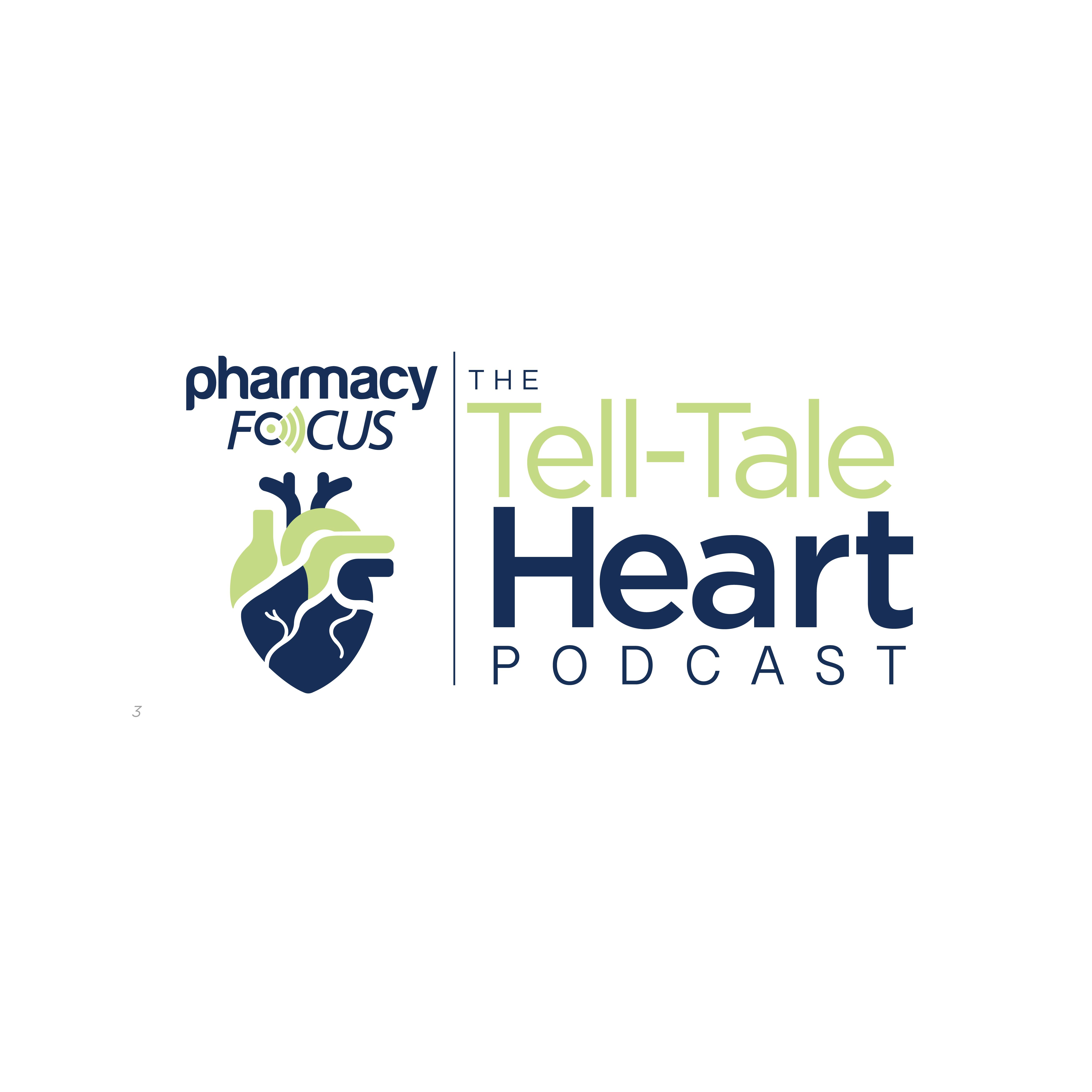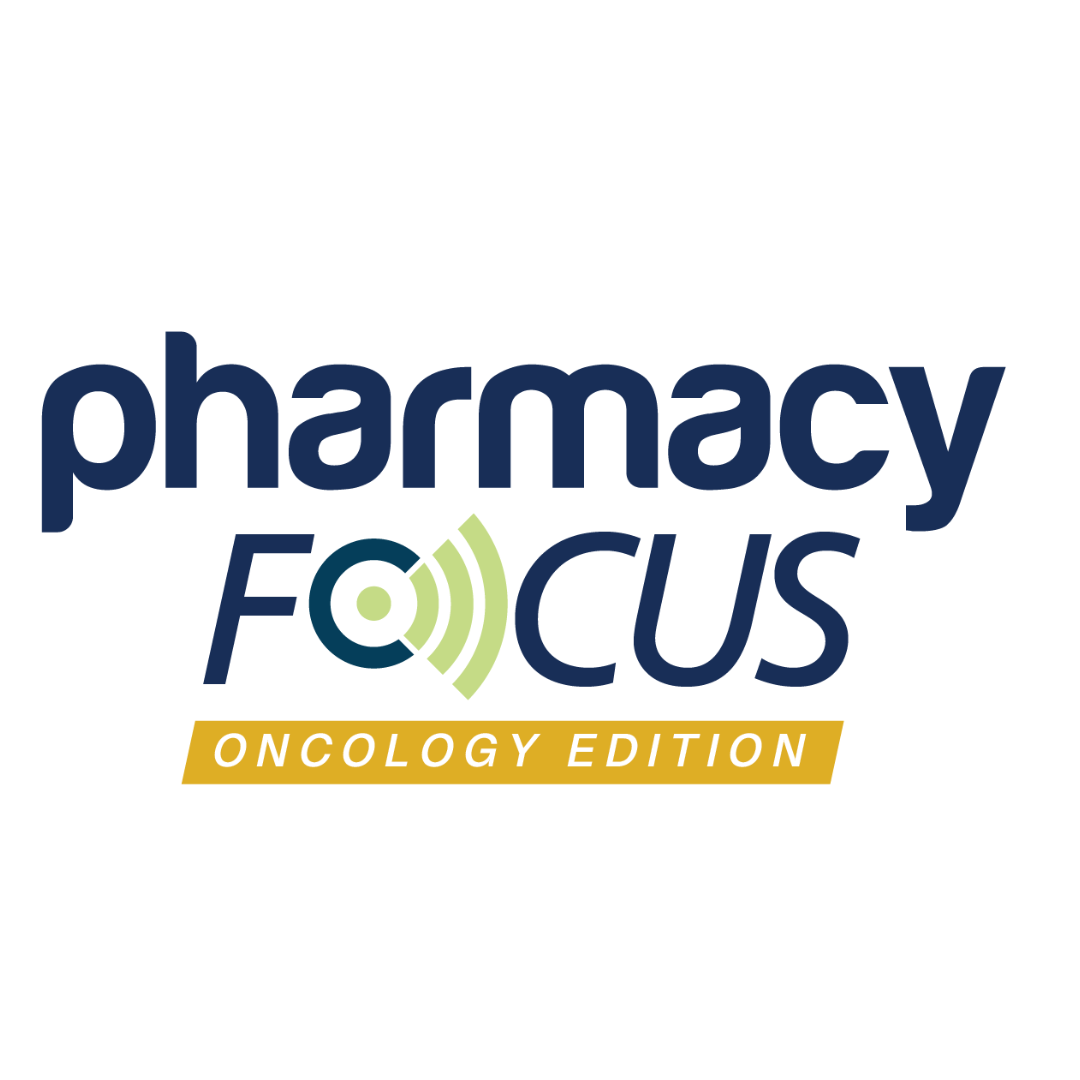Commentary
Video
Harnessing the Microbiome May Help Reduce CAR T-Cell Therapy Toxicity
Melody Smith, MD, MS, discusses how microbiome modulation may influence CAR T-cell therapy toxicity and outcomes, highlighting potential future interventions and clinical integration challenges.
Pharmacy Times® interviewed Melody Smith, MD, MS, a medical oncologist and hematologist at Stanford Medicine, on her presentation titled “Interrogating the impact of the intestinal microbiome on CAR T cell therapy” at the American Association for Cancer Research Immunotherapy Conference, held February 23-26, 2025, in Los Angeles, California.
In this interview, Smith discusses how microbiome modulation might reduce toxicity associated with CAR T-cell therapy. According to Smith, research has shown that antibiotic exposure—particularly antibiotics targeting obligate anaerobes—before CAR T-cell therapy is linked to increased risk of immune cell-associated neurotoxicity syndrome (ICANS) but not cytokine release syndrome. Understanding the role of specific bacterial taxa in this process could help mitigate toxicity risks.
An artificial intelligence rendering of CAR T-cell therapy. Image Credit: © Serhii - stock.adobe.com

Smith also highlights challenges and opportunities for integrating microbiome profiling into clinical practice. Since CAR T-cell therapy involves a manufacturing lag, there is a potential window for microbiome-based interventions before CAR T-cell treatment. Future advancements in streamlined fecal sampling and sequencing could help personalize treatment approaches to improve patient outcomes.
Pharmacy Times: How might microbiome modulation reduce toxicity of CAR T-cell therapy?
Melody Smith, MD, MS: There are data from our published research, as well as a second paper that came out a bit later, that identified that exposure to antibiotics prior to CAR T-cell therapy in the 3 or 4 weeks prior to CAR T-cell therapy, specifically antibiotics that targeted obligate anaerobes in one study, and in another study, what they deemed as high risk antibiotics that were not necessarily obligate anaerobe targeting antibiotics, both of these studies did identify that exposure to antibiotics during either the 3 or 4 weeks prior to CAR T-cell therapy was associated with ICANS, the neurotoxicity that can happen after CAR T-cell therapy. This is, I think, insightful.
Notably, neither of these studies, I would say, noted an association between antibiotic exposure and cytokine release syndrome. So that's really interesting.
I think that in terms of thinking about how the microbiome might modulate toxicity, we should drill down into this association with the antibiotic exposures, understand it a bit more mechanistically, and then understand whether it’s certain antibiotics that we may need to consider decreasing exposure to—these anaerobe targeting antibiotics is what I would postulate—and then also specific bacterial taxa, which ones seem to be more abundant in those patients who develop ICANS. These are all some questions that we could address.
Pharmacy Times: Are there microbiome-derived biomarkers that can guide patient selection or dose adjustments for CAR T-cell therapy?
Smith: So that question speaks to potential interventional other interventional insights or approaches that we can glean from our current studies. So thinking about dose adjustments for CAR T-cell therapy, I don't think we have data to really foster or support that right now, and I think that question somewhat speaks to dose adjustments of the CAR T cells.
The CAR T cells are released to us by the manufacturer at a set dose based upon the patient's body weight, etc, and designated or FDA-approved release criteria. So, I think data to support dose adjustments is not something that we're currently looking at, but it could be a future intervention.
However, thinking about microbiome-derived biomarkers, there's certainly some early data to support microbiome biomarkers. There's bacterial taxa that we've identified and that others have identified as well. In our paper, we specifically found that in patients who had a day 100 complete response, there was an abundance of bacteria within the class Clostridia. Various bacterial taxa within that class were more abundant in those patients who had a day 100 complete response. So, there are certainly some bacterial taxa that we could specifically home in on, and that others have identified, that I would say are overlapping across independent studies, which is encouraging.
I think one other thing that we've learned though, from other microbiome studies in the cancer immunotherapy space is that even when the bacterial taxa are not exactly the same, there may be functional homology or overlap in the role the different bacterial taxa are playing. Drilling down into not only the specific bacterial taxa, but what are they functionally doing in the microbiome is a really important feature.
An artificial intelligence depiction of diverse microbiota. Image Credit: © Alla - stock.adobe.com

The other thing that has been identified from some of these published studies is metabolic pathways that the microbiome uses, or the bacterial taxa use. So, there are many ongoing studies looking at what are those pathways and how might bacterially derived metabolites, for example, be identified and then harnessed to improve outcomes for patients.
I do want to just mention one caveat, and that is that these studies in patient cohorts are very important because they're hypothesis generating. They show us that these data are clinically relevant and it's in patients. But the other thing that's important to note is that sometimes when we see abundances of specific bacterial taxa that we might think could serve as biomarkers for CAR T cell response, the mechanistic studies are really important to home in as to whether those bacterial abundances are bystanders, for example, in a healthy microbiome, or their drivers of that response. So, I think that's why the iterative utilization of patient cohorts, but then analyzing in the lab, mechanism is a very important link that has to be connected for potential applications of microbiome studies.
Pharmacy Times: Could pharmacogenetic/pharmacokinetic insights into the microbiome inform personalized CAR T-cell therapy regimens?
Smith: I, again, I would say that that is a future implication, specifically pharmacogenetic. Maybe there are not just one signature, but various signatures of a healthy microbiome that would promote an improved response to CAR T-cell therapy. But again, I would suggest that not only patient cohorts, clinical cohorts, but also mechanistic evaluations of those cohorts of bacterial taxa would be important to think about personalizing the microbiome for CAR T-cell patients.
Pharmacy Times: What are the challenges and opportunities for integrating microbiome profiling into CAR T-cell therapy workflows in clinical practice?
Smith: The interesting thing is that when patients are receiving CAR T-cell therapy, they are referred oftentimes to their treatment center, their cells are collected, and there's a several week lag during which the CAR T-cells are being manufactured. So, this is really an interesting timeline, such that when we have robust enough data for interventional approaches and at institutions or in a situation where there are streamlined fecal sampling and sequencing, where, if there were a cohort of bacterial taxa identified, we could potentially intervene during that time during which the CAR T cells are being manufactured.
This is just a hypothetical situation, but just to note that the timeline for CAR T-cell manufacturing and administration does create a window of time where, once we have enough data to support it, we would have a window to intervene and alter the microbiome in those patients for whom we've evaluated their fecal microbiome and found that it may not be the optimal one for a clinical response.






